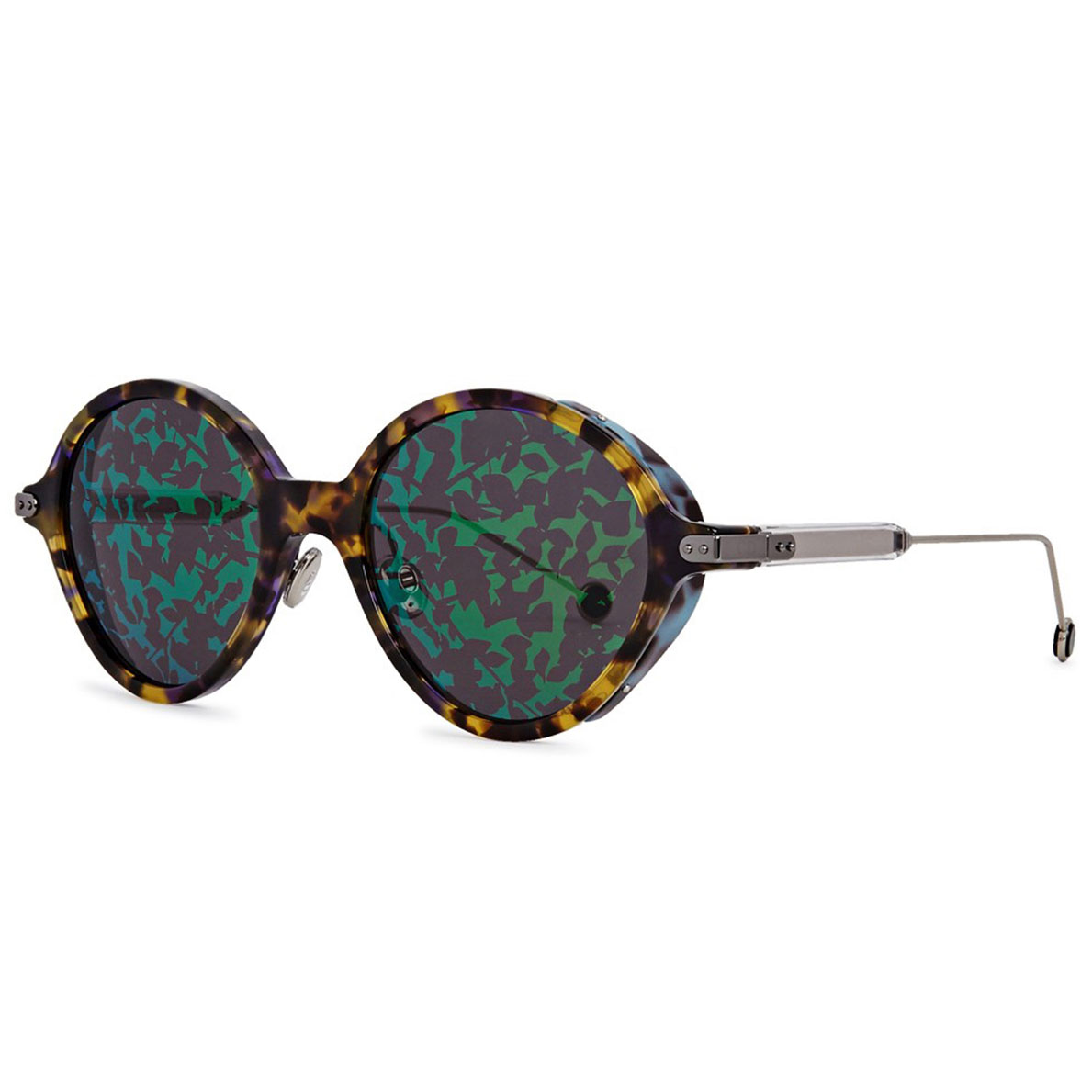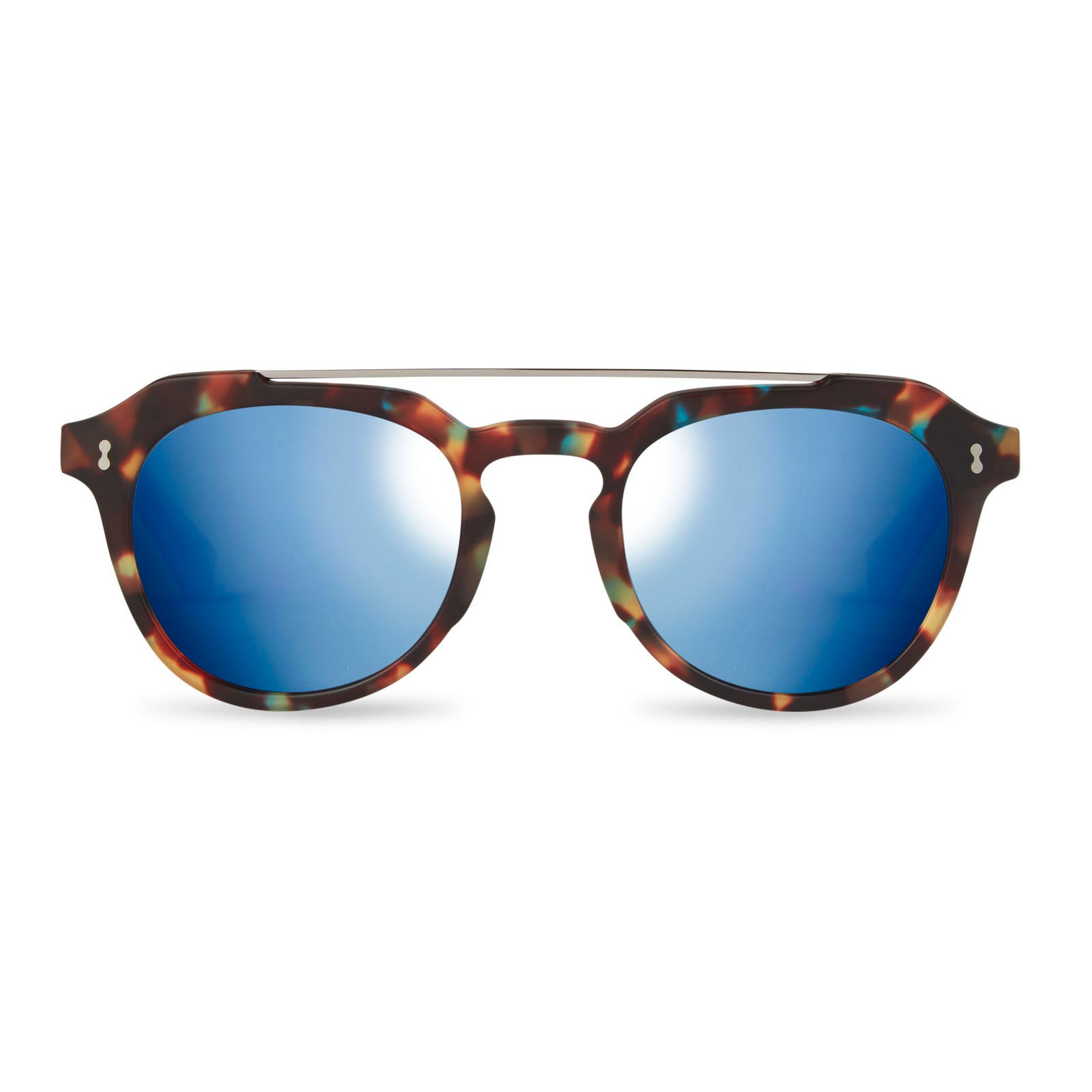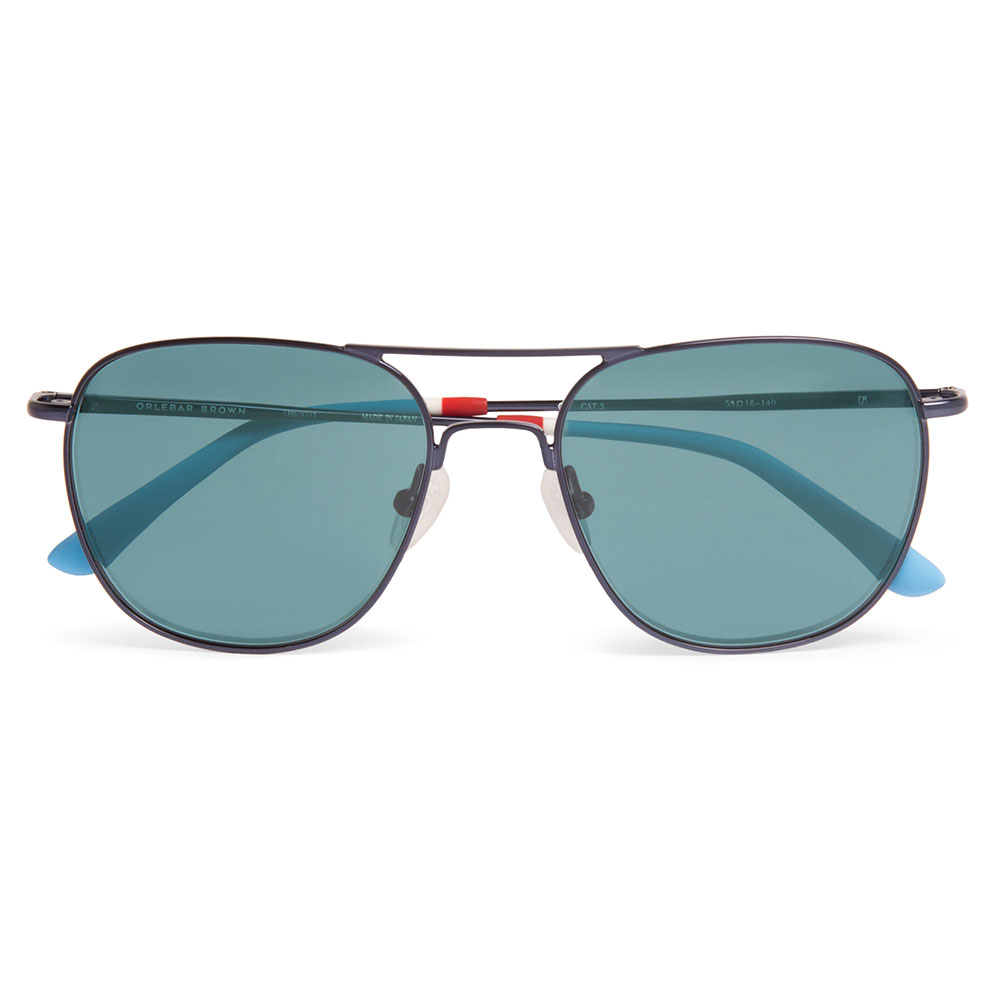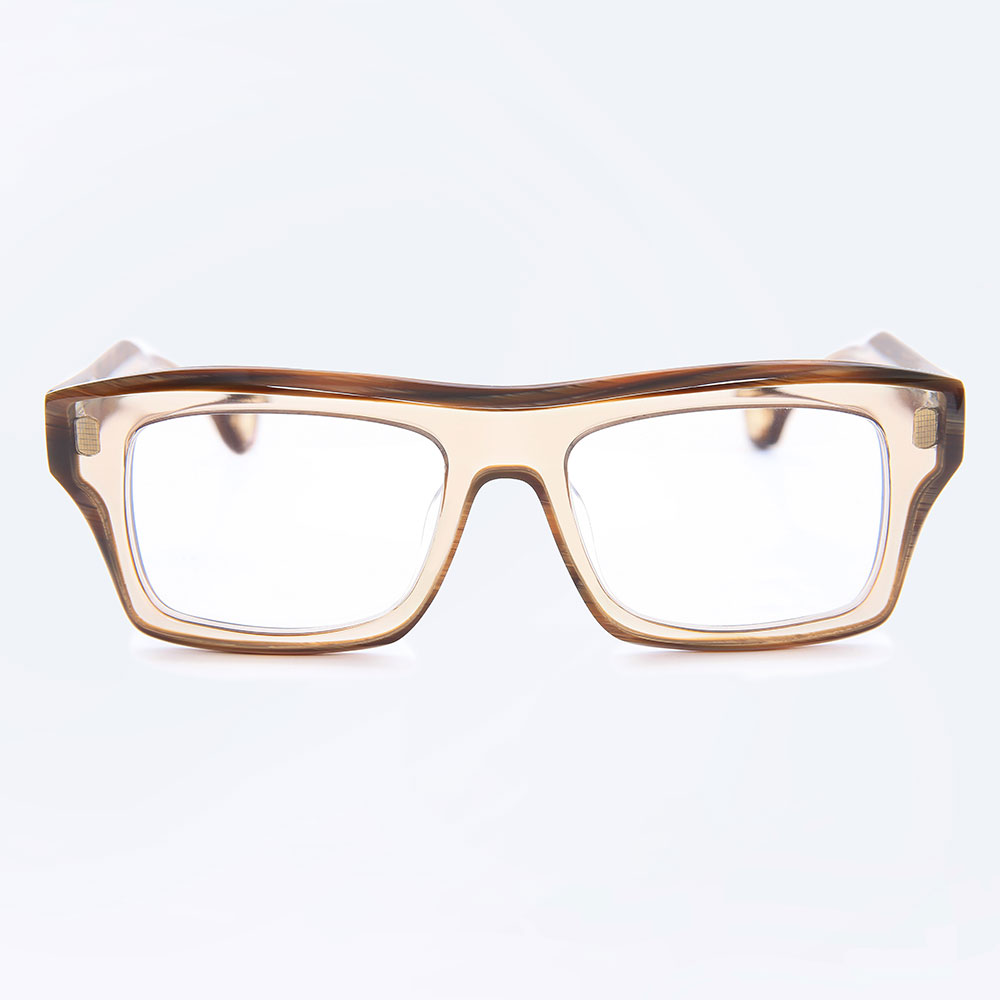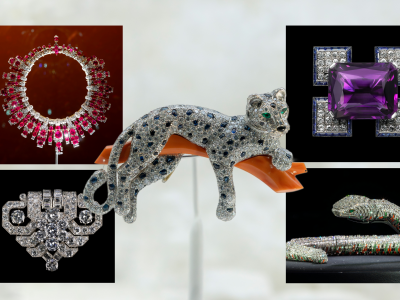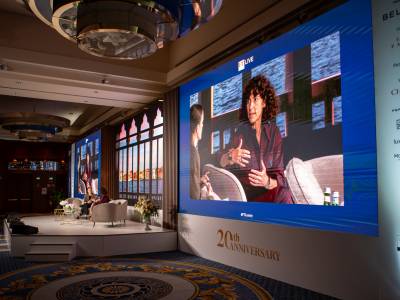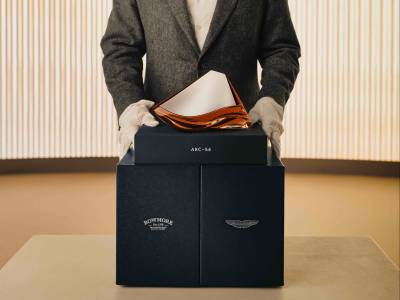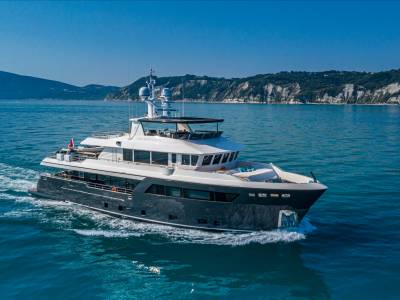"Men seldom make passes at girls who wear glasses,” the author and poet Dorothy Parker famously wrote in 1937. Oh, how times have changed. Anne Hathaway, Cate Blanchett, Ewan McGregor and David Beckham are among the beautiful people who have been seen on the red carpet and at other events proudly displaying their specs appeal. In its spring collection last year, Gucci sent models down the catwalk wearing nerd glasses while Balenciaga, Chanel and Tod’s, among others, featured spectacles in their AW17.
Take a good look: The rise of luxury sunglasses
21st August 2017
Within the luxury industry, sunglasses are becoming a dazzling success in an expanding global eyewear market that is looking toward a high-end, hi-tech future
While sunglasses sales naturally rise at the start of the summer months, over the past few years they’ve been augmented by a general growth in eyewear and a willingness by consumers to spend more on their glasses. It’s a trend that is set to continue. According to research company Euromonitor International, global sales of eyewear are forecast to reach US$136bn by 2021, up from US$121bn in 2016. The figure is increasing, thanks to an aging population and emerging markets in Africa and the Far East. The market for luxury sunglasses in particular is growing at 4.1 per cent while in the Asia Pacific region growth is 10.4 per cent.
“Luxury sunglasses are entry level luxury goods, which are at a lower price point and are therefore more pocket friendly compared with luxury bags or jewellery,” says Jasmine Seng, Personal Accessories Associate Analyst at Euromonitor International. MINTEL, another market research organisation, reveals in its 2017 Optical Goods Retailing report that 26 per cent of consumers have bought fashion sunglasses in the past 12 months with that figure rising to 41 per cent among those aged 25 to 34.
“The running joke is: ‘Why get a facelift when all you need are bigger sunglasses?’,” says Blake Kuwahara, who has designed for Carolina Herrera and John Varvatos among others, as well as having his own range. “I think people are realising that sunglasses are an investment purchase. People typically buy fewer sunglasses than shoes or handbags, for instance, and they sit smack in the middle of your face. Why anyone would want to wear a cheap pair of sunglasses is beyond me.”
The eyewear industry itself has undergone some major changes recently. Just this year, Kering Eyewear, part of the Kering luxury conglomerate that includes Gucci, Yves Saint Laurent and Stella McCartney, announced that it would be developing eyewear for Cartier, owned by its biggest rival, Richemont, as part of a strategic collaboration. Earlier, LVMH, the world’s largest luxury group, entered a joint venture with Italian eyewear manufacturer Marcolin, while eyewear giants Luxottica and Essilor signed a €50bn merger deal.
It’s clear that the big luxury groups are keen to expand and to take greater control of their eyewear businesses — both sunglasses and optical products — as they see great potential in this sector. Earlier this year, Kering revealed that its eyewear division was on track to post revenues of around €340m.
For fashion houses and luxury labels, the sunglasses market, with its appeal to consumers that can’t necessarily afford their clothing or accessories, has long been a useful source of revenue. In the past few years, the accessories market has been growing much faster than apparel. In some cases a luxury brand will approach a manufacturer such as Luxottica, which produces eyewear for Prada, Chanel and Burberry among others, or Safilo, whose stable includes Dior, Marc Jacobs and Céline, while in other cases the initiative will go the other way.
“It all begins with the design foundation and essence of the brand,” explains Blake Kuwahara. “A great brand has a very focused vision about who it is, what it represents and who its customer is. If the design tenets are well defined, it’s relatively easy to translate that into eyewear. After all, eyewear is an accessory to the apparel or core category of the brand. Once that’s established, then it becomes a dialogue about shape, colour and materials. That’s the fun part for me.”
Eyewear is an accessory to the core category of the brand. Once that’s established, it becomes a dialogue about shape, colour and materials
As well as being a source of income, eyewear, complete with the logo on the arm of the frame, offers a great opportunity to promote a brand. “Eyewear is synonymous with summer and it’s fundamental to any beach or poolside holiday,” says Adam Brown, founder of beach and swim shorts label Orlebar Brown, whose team has partnered with sunglasses design house Linda Farrow. “It felt like a natural fit to our brand DNA of ‘Feel Summer’.”
Linda Farrow’s eponymous founder was one of the first to see shades as a fashion statement rather than a purely functional item. “It was a very collaborative process, with regular meetings where we discussed mood boards and seasonal palettes. We were helped greatly by our brand DNA being totally aligned,” says Brown. “We didn’t want to just make sunglasses, we wanted it to reflect Orlebar Brown.”
Ollie Quinn, which launched in March in the UK with an initial collection of 50 optical and sunglasses frames, is typical of a new generation of niche eyewear houses. Staffed by designers with experience of brands such as Prada and Sonia Rykiel, it describes itself as “a motley crew of doers, thinkers, makers and creators from across the globe with a passion for eyewear”.
Its lead designer, Sebastien Brusset, says: “We sought inspiration from interesting, urban environments and architecture across Europe and North America, adding personal touches and detailing to represent the style and characters of our team members and friends — ultimately the people we were designing for. The majority of our customers are aged between 25-35. They are urban dwellers, style-savvy and take a pride in their appearance. They are individual and don’t need to wear the same brand names as everyone else.”
Luxury eyewear brands are pushing the boundaries with new technology and techniques for lens and frame finishes
Hugo Taylor and Charlie Morris set up Taylor Morris three years ago to blend the best of British design and craftsmanship with timeless Hollywood glamour. Inspired by images of Mick Jagger, Steve McQueen and Marilyn Monroe, their look is bold and retro.
Alongside further mergers and acquisitions, luxury eyewear is embracing new technology. “Brands are pushing the boundaries with new technology and techniques for lens and frame finishes,” says Seema Uddin, Assistant Buyer, Sunglasses, at Harvey Nichols, which, due to demand, has introduced fashion optical frames, including Chanel, Chloé and Marni, into its flagship store in Knightsbridge and online.
Luxottica has started to use graphene in some of its Ray-Ban products. Just one atom thick, but approximately 200 times stronger than steel, this remarkable substance is being employed in solar cells, smartphones and now for very light but robust spectacle frames.
Innovations in ocular healthcare are also feeding demand. One in 12 men and one in 200 women have some type of colour blindness, but lens technology developed by the California-based company EnChroma now enables people to differentiate and identify colours. EnChroma recently teamed up with L’Oréal to demonstrate how men using this technology can see their partner’s favourite red lipstick for the first time.
Working with US sunglasses manufacturer Oakley last autumn, Luxottica launched Oakley Radar Pace, eyewear with a voice-activated coaching system that creates a training programme for the runner or cyclist by analysing data, including heart rate, speed and distance. While helping improve performance, the user also looks pretty cool wearing them.
Ultimately, that’s probably the most important consideration when choosing a pair of shades.

